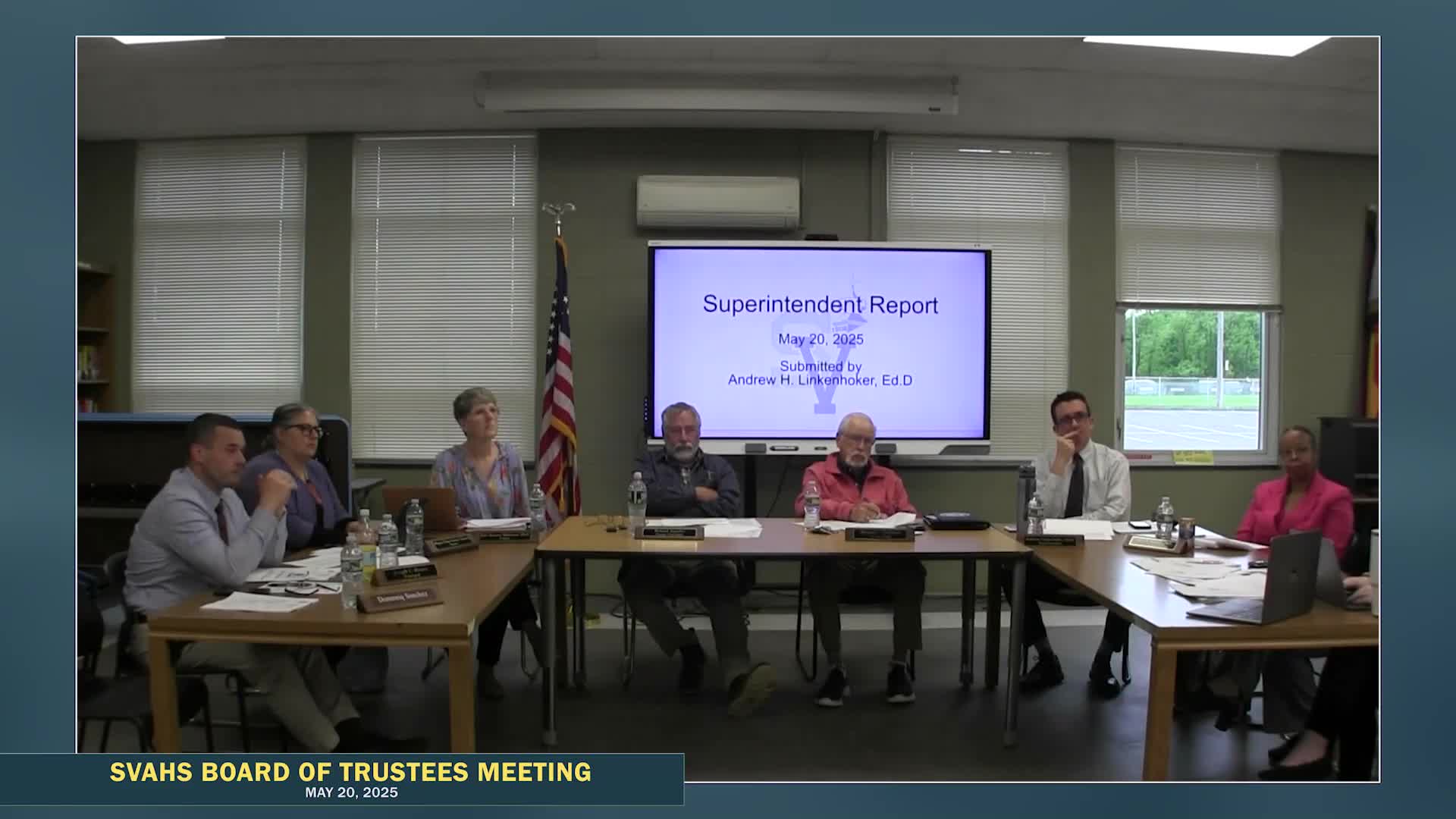Essex Tech merger creates new regional school to boost vocational education
May 31, 2025 | Northampton City, Hampshire County, Massachusetts
Thanks to Scribe from Workplace AI , all articles about Massachusetts are free for you to enjoy throughout 2025!

This article was created by AI using a video recording of the meeting. It summarizes the key points discussed, but for full details and context, please refer to the video of the full meeting. Link to Full Meeting
The conversation began with Roger outlining the historical context of Essex Aggie, which transitioned from a regional school to a state school following the dissolution of Essex County government in the early 2000s. This shift necessitated significant upgrades to aging facilities, prompting a collaborative effort among Essex Aggie, North Shore Tech, and Peabody Vocational to merge into a new regional school district. The legislative journey was marked by extensive community engagement, feasibility studies, and the formation of a temporary oversight board to guide the merger.
Roger emphasized the importance of local champions, including legislative and community leaders, who played pivotal roles in advocating for the new school. The resulting Essex Tech, which opened in 2014, serves 1,440 students, with a mix of vocational and agricultural programs. Notably, the agricultural component remains open to students from across the state, while vocational seats are reserved for the 17 member communities involved in the merger.
The meeting also touched on the governance structure of the school committee, which includes representatives from each member community, appointed by local moderators. This structure allows for a weighted voting system based on student enrollment, ensuring that larger communities have a proportional say in decision-making.
A significant point of discussion was the financial implications of student enrollment on capital assessments. Roger explained that the absence of a quota system for student admissions could lead to unpredictable fluctuations in community contributions, complicating budget planning. This concern was echoed by board members, who recognized the need for a thorough understanding of capital needs, particularly regarding Building D, which has been identified as a priority for upgrades.
As the meeting concluded, the board acknowledged the necessity of engaging local representatives to advocate for capital projects and explore potential tuition surcharges for non-resident students to help offset costs. Roger's insights underscored the intricate balance of educational governance, community involvement, and financial sustainability that regional vocational schools must navigate to thrive in an ever-evolving educational landscape.
Converted from SVAHS Board of Trustees | May 20, 2025 meeting on May 31, 2025
Link to Full Meeting
Comments
View full meeting
This article is based on a recent meeting—watch the full video and explore the complete transcript for deeper insights into the discussion.
View full meeting


